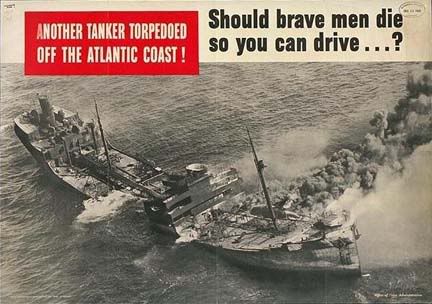I’m noticing a cross-over now between zero net energy building and city agriculture, two subjects I follow and publish links lists on. The archive of the city agriculture links list is at cityag.blogspot.com
Net Zero Plus
The NetZero Plus Electric Training Institute (NZP-ETI), opened recently in Los Angeles, and is the largest net-zero plus commercial building retrofit in USA which “will function as a living laboratory, educational facility and demonstration center for advanced and emerging clean energy technologies."
http://nzp-eti.com
Eco-Cooler
I’ve built a version of this for myself and it seems to work although mine is just a small test model
All terrain off the grid survival vehicle
New home construction moving towards net zero
Retrofit home in Whatcom County, Washington produces twice the energy it now consumes (in an area with solar insolation of 3.5 - 3.0 kWh/square meter/day)
Virginia Beach,VA 10,500-square-foot Brock Environmental Center turns rainwater into drinking water, produces 83% more energy than it uses
Net Zero Energy Vermont - blog focusing on making Vermont the first zero energy state
Net zero energy feasibility study for Vermont buildings (and beyond)
Net zero downtown Montpelier design competition
Siemens new Munich headquarters, using 90% less electricity and 75% less water than what the building it replaced
Los Angeles net zero solar powered 20 unit apartment building: Hanover Olympic
http://inhabitat.com/first-solar-powered-net-zero-apartment-building-in-los-angeles-opens-its-doors/
Nanjing China zero net energy Green Light House
Net Zero community in Salt Lake City
Telus Gardens in Vancouver, LEED Platinum with indoor gardens
LIAR Living Architecture
"This project will develop blocks able to extract resources from sunlight, waste water and air. The bricks are able to fit together and create ‘bioreactor walls’ which could then be incorporated in housing, public buildings and office spaces.”
Floating House - 100 sqm residential unit, 12 m in diameter and 4 m high, made entirely of recycled laminated timber on a recycled aluminium hull.





